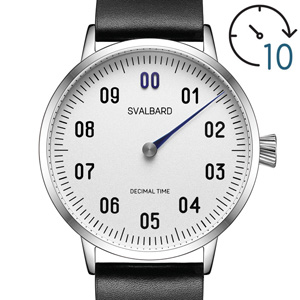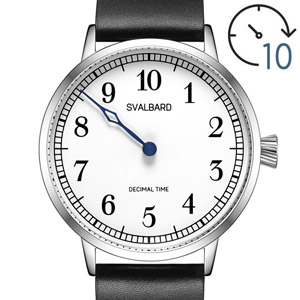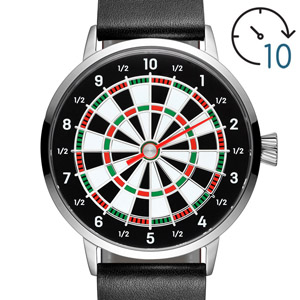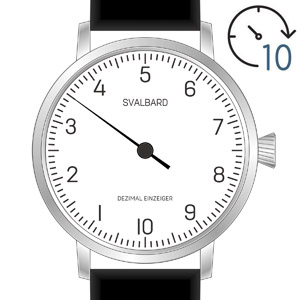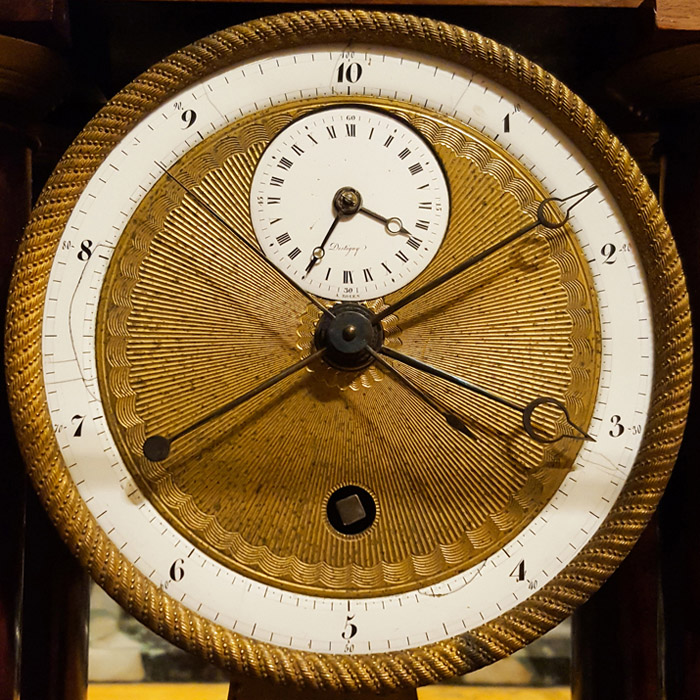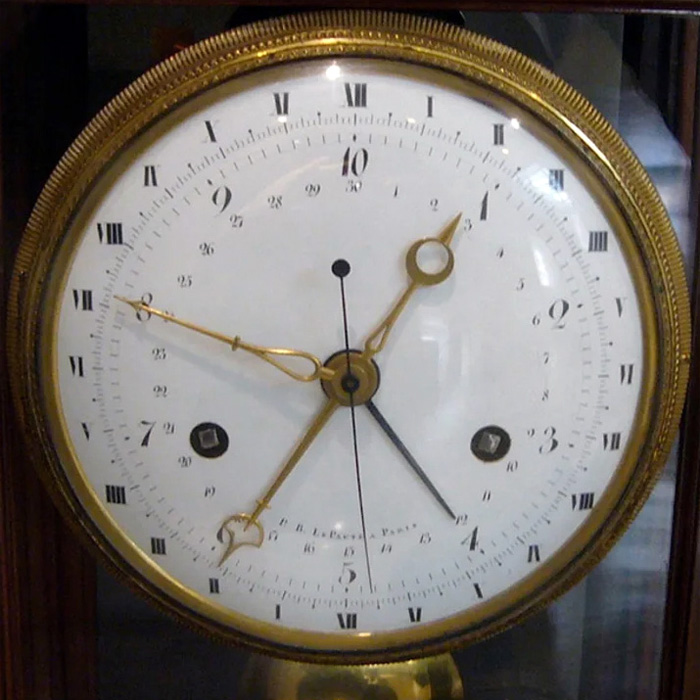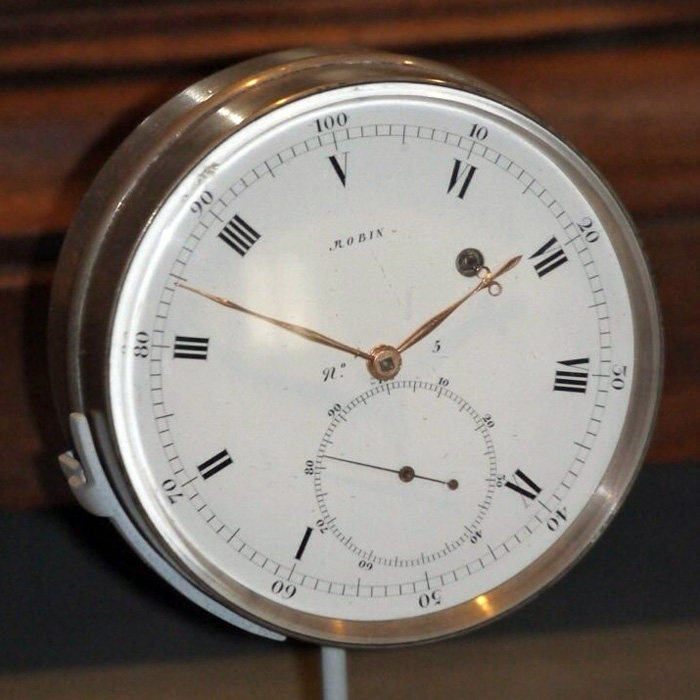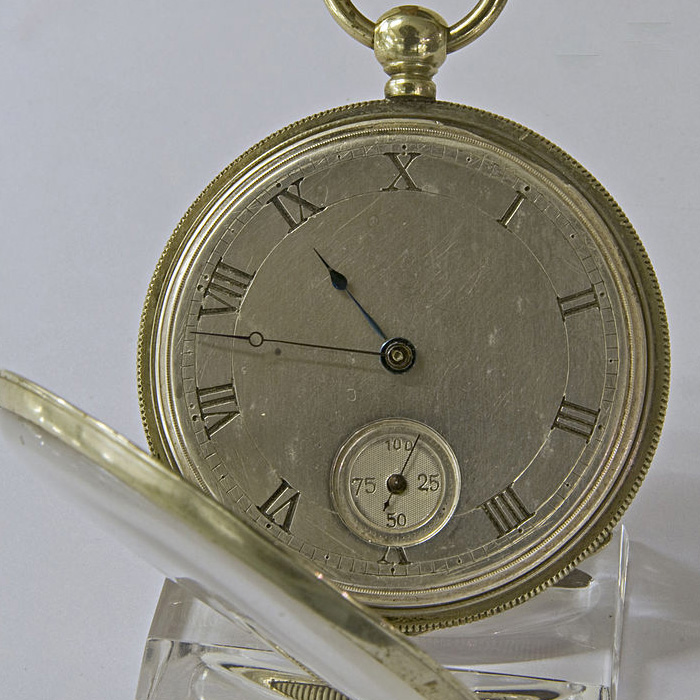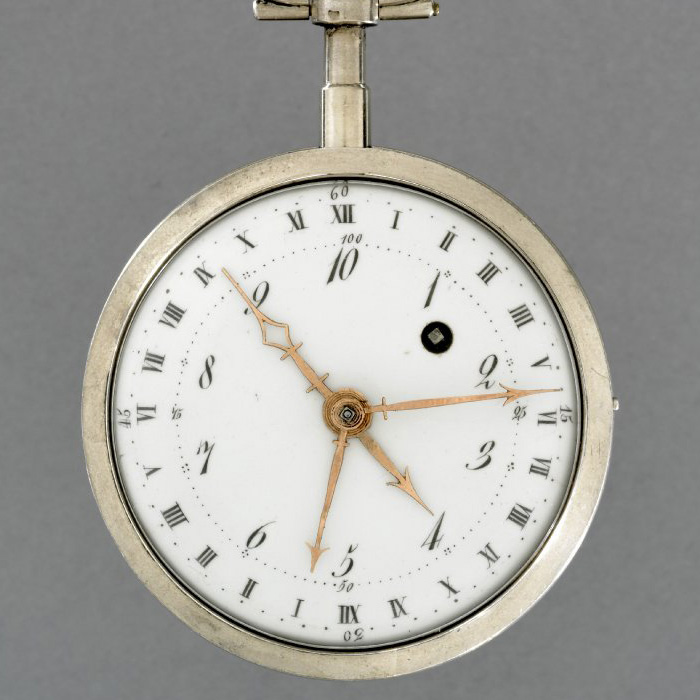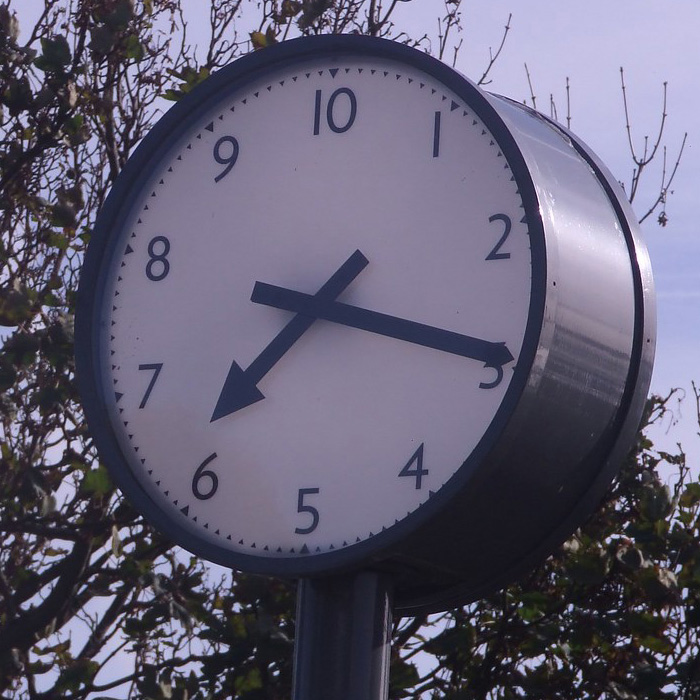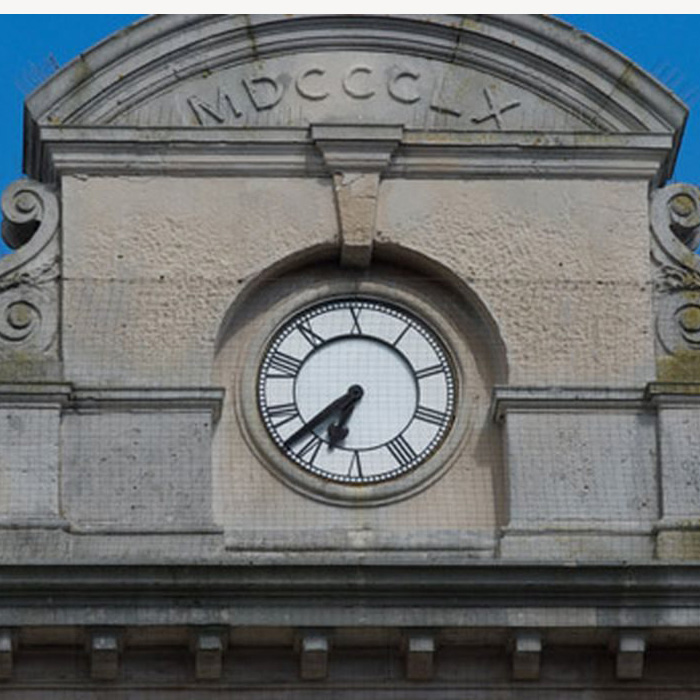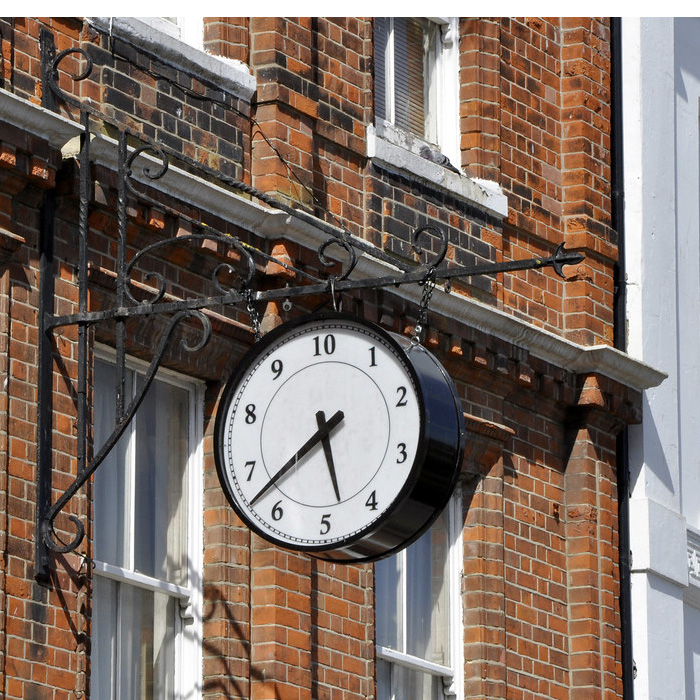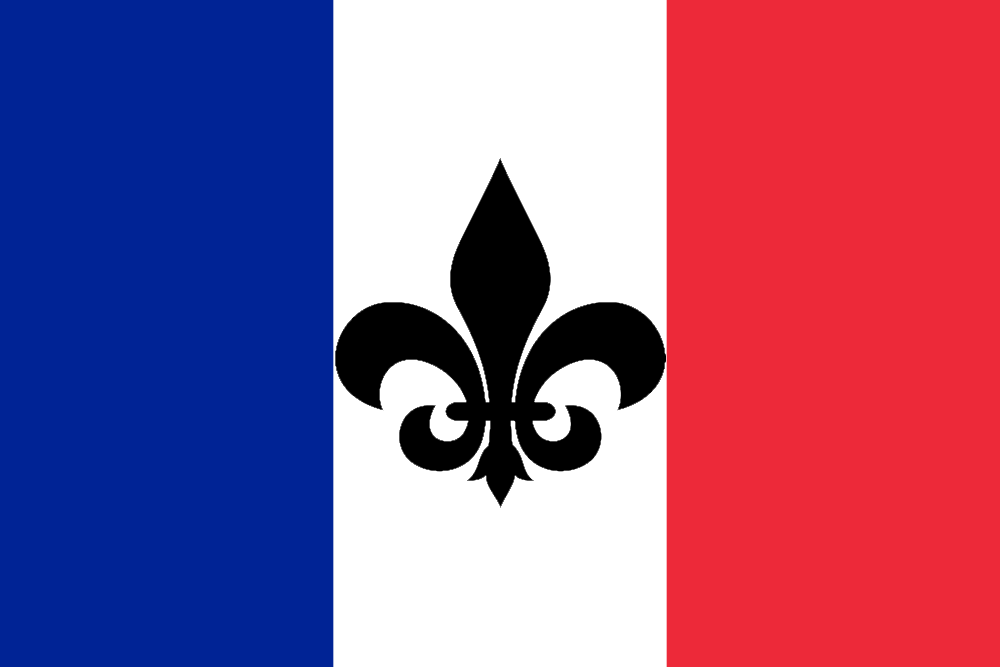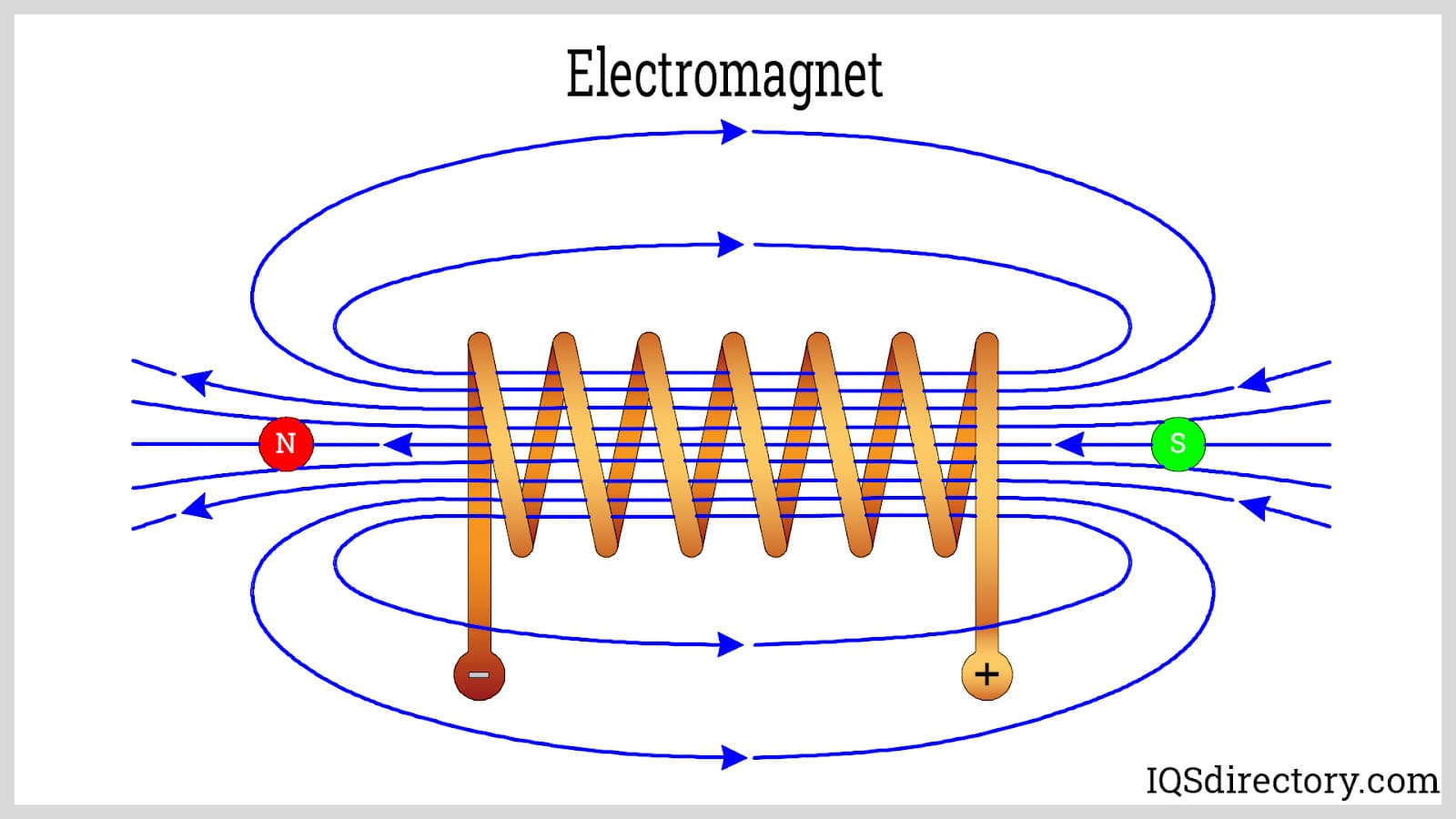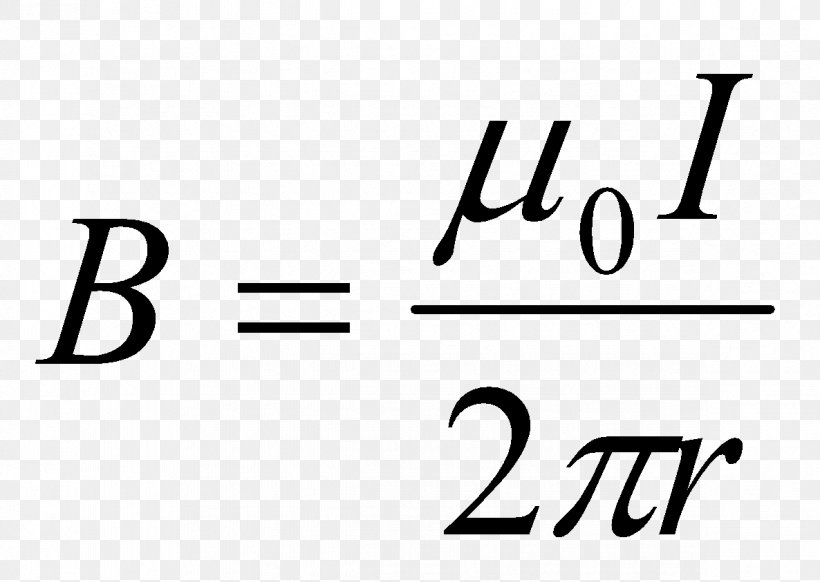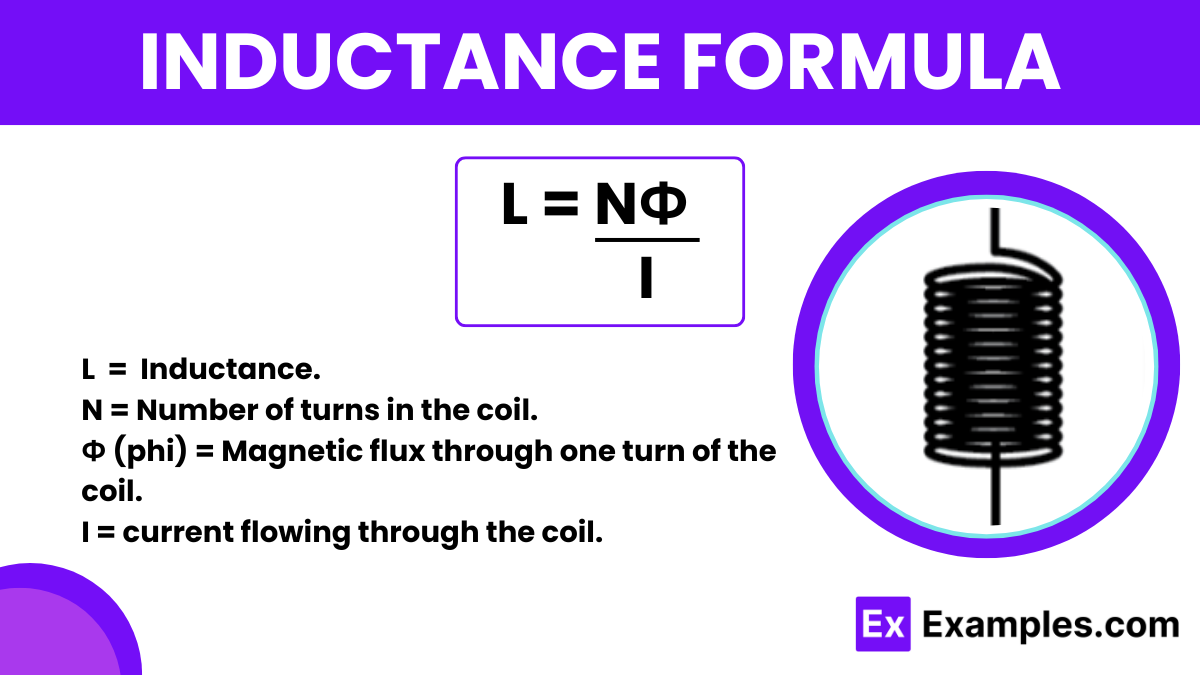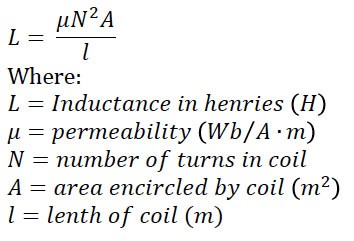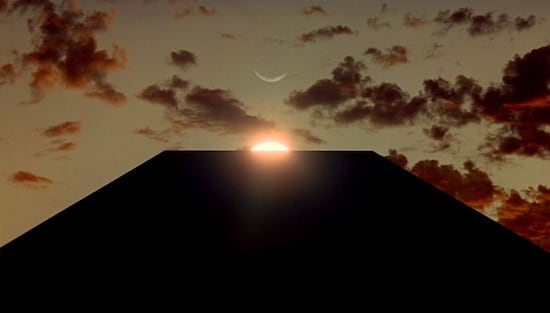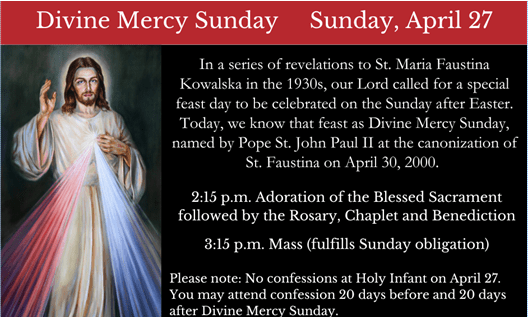|
Réponse |
Message 1 de 36 de ce thème |
|
|
|
|
|
Réponse |
Message 22 de 36 de ce thème |
|
|
|
|
Réponse |
Message 23 de 36 de ce thème |
|
|
|
|
Réponse |
Message 24 de 36 de ce thème |
|
|
|
|
Réponse |
Message 25 de 36 de ce thème |
|
|
|
|
Réponse |
Message 26 de 36 de ce thème |
|
 
[Chile flag left, Texas flag right]
San Francisco:
1) Nearest town to Chile mine (Copiapo) was originally called San Francisco de la Selva de Copiapo.
2) SF flag features rising phoenix echoing Chile's 'Phoenix' capsule that brought miners out of 'Underworld':
 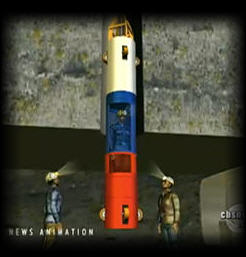
[S.F. flag & Chile's 'Phoenix' capsule]
|
|
|
|
Réponse |
Message 27 de 36 de ce thème |
|
FRENCH REVOLUTIONARY (DECIMAL) TIME
Everybody knows that there are 24 hours in a day, 60 minutes in an hour, and 60 seconds in minute. But in 1793, the French smashed the old clock system in favor of French Revolutionary Time, which was a 10-hour day, with 100 minutes per hour, and 100 seconds per minute. This thoroughly modern system had a few practical benefits, chief among them being a simplified way to do time-related math. If we want to know when a day is 80% complete, decimal time simply says "at the end of the eighth hour," whereas standard time requires us to say "at 19 hours, 12 minutes." French Revolutionary Time was a more elegant solution to that math problem. The problem was that every living person already had a well-established way of telling the time, and old habits die hard!
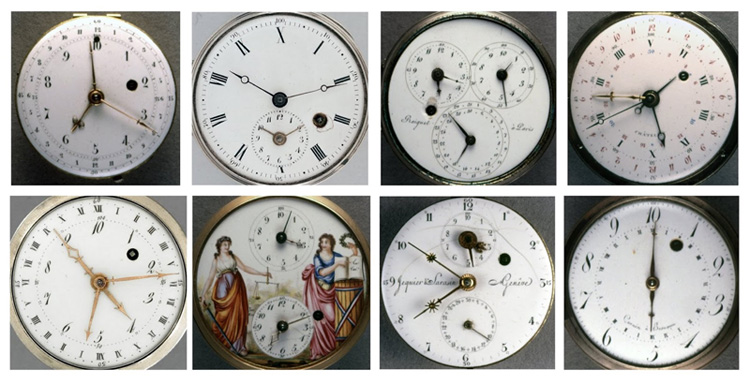 French Revolutionary Time officially began on November 24, 1793 although conceptual work around the system had been going on since the 1750s. The French manufactured clocks and watches showing both decimal time and standard time on their faces (allowing for both conversion and confusion). These clock faces were spectacularly weird. French Revolutionary Time officially began on November 24, 1793 although conceptual work around the system had been going on since the 1750s. The French manufactured clocks and watches showing both decimal time and standard time on their faces (allowing for both conversion and confusion). These clock faces were spectacularly weird.
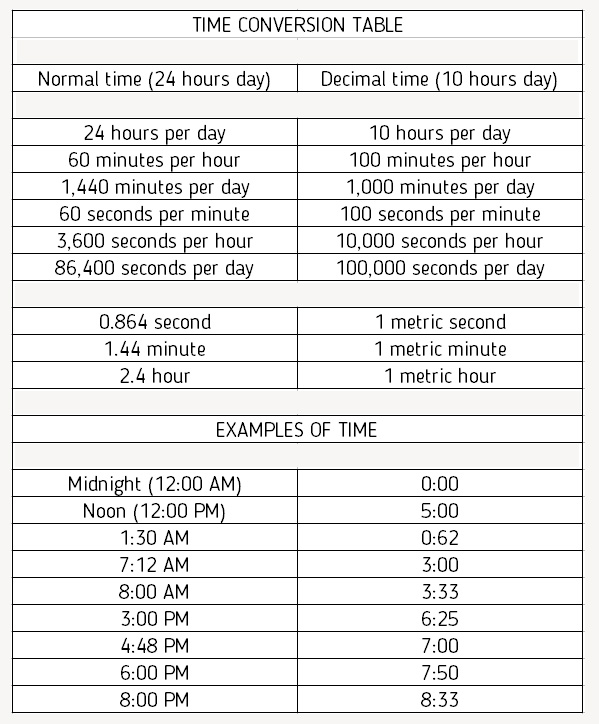
The system proved unpopular. People were unfamiliar with switching systems of time, and there were few practical reasons for non-mathematicians to change how they told time. (The same could not be said of the metric system of weights and measurements, which helped to standardize commerce; weights and measurements often differed in neighboring countries, but clocks generally did not.) Furthermore, replacing every clock and watch in the country was an expensive proposition. The French officially stopped using decimal time after just 17 months. French Revolutionary Time became non-mandatory starting on April 7, 1795. This didn't stop some areas of the country from continuing to observe decimal time, and a few decimal clocks remained in use for years afterwards, presumably leading to many missed appointments!
LIVE NORMAL AND DECIMAL TIME
Live NORMAL time
Live DECIMAL time
DECIMAL TO NORMAL / NORMAL TO DECIMAL TIME CONVERTER
Some applications using decimal time are available in both Google Play and the Apple Store. For example, for Android - DecimalTime ; for Apple - DeciTime .
LOOK/PURCHASE SVALBARD DECIMAL TIME WATCHES
IMAGES OF DECIMAL CLOCKS AND WATCHES
https://svalbard.watch/pages/about_decimal_time.html |
|
|
|
Réponse |
Message 28 de 36 de ce thème |
|
|
|
|
Réponse |
Message 29 de 36 de ce thème |
|
Reloj de pared con bandera de Francia, decoración patriótica, relojes de pared de madera, funciona con pilas, 10 pulgadas, silencioso, sin tictac, números...
|
|
|
|
Réponse |
Message 30 de 36 de ce thème |
|
|
|
|
Réponse |
Message 31 de 36 de ce thème |
|
|
|

Did Nikola Tesla Time Travel?
·
Photo by Marija Zaric on Unsplash
Apparently, Tesla was very obsessed with time travel. He worked on a time machine project. Maybe he succeeded because once he said ;
“I could see the past, the present and the future at the same time.” Nikola Tesla
The idea that a person can travel through time is something that millions of people around the world dream about and ponder.
Looking back, we can come across numerous texts that can be interpreted as evidence of time travel.
When Albert Einstein published his Theory of Relativity in 1905, he opened a new page in the scientific community, “Is time travel possible?” It raised many questions such as
There is even evidence of time travel in the Bible, according to Erick von Daniken, author of one of the best-selling books in history:
“In the Bible, the prophet Jeremiah was sitting with some of his friends, and there was a young boy. His name is Abimelech.
Jeremiah said to Abimelech:
“Come out of Jerusalem, there is a hill, and from that hill, pick figs for us.”
The boy went out and picked fresh figs. All of a sudden, Abimelek hears some noise in the air and when she feels the wind in the air, she loses consciousness and faints.
After a while, he wakes up again and sees that it is almost evening.
When he returns to the community, the city is filled with strange soldiers and he wonders:
“What is going on here, where are Jeremiah and the others? ” An old man replies: ” That was 62 years ago ”. — A time travel story set in the Bible. — Von Daniken.
If we look at the Mahabharata, written in the eighth century (B.C.), King Raivata travels to the sky to meet the creator God Brahma, but when he returns, he finds that hundreds of years have passed on Earth.
In Japan, we find a similar situation in the legend of Urashima Taro. It tells the story of a fisherman visiting the god of the seas, Ryūjin, in what seems like only three days. When the fisherman returns to his town, 300 years have passed and his town is unrecognizable.
It is possible to reproduce this and similar historical texts. Who knows? Perhaps all these “myths” will inspire great thinkers to find a way to get to time travel.
Now let’s come to our near future…
Recently, a group of scientists from the University of Queensland, Australia, investigated how time-travelling photons would move. Researchers simulated Photons’ travel into the past.
After studying the behaviour of quantum particles, scientists uncovered possible anomalous aspects of today’s physics.
However, Nikola Tesla’s work on time travel begins before modern science saw time travel as possible.
According to reports, in 1895 Tesla made a shocking discovery that suggested that time and space could be affected by magnetic fields. Tesla thought that he could disrupt the continuity of time and space by using intense magnetic field effects.
The experiment, the main purpose of which was to make the ships of the navy invisible on the radar, caused very different results with the Tesla factor, and the ship and its crew travelled in time by disappearing from the eyes for a certain period of time.
Although the Philadelphia Experiment, which was kept secret for a long time, came to light with the explanations of some of the survivors who were on the ship that day, the authorities closed the issue by saying that the event was a figment of imagination.
Tesla’s assistant explains the existence of Tesla’s work on time travel and the fact that he may have partially realized it:
Tesla was exposed to magnetic waves that he had artificially produced, during which he found himself in a completely different space-time window, where he could see both the past, the future and the present at the same time.
The magnetic effect he was exposed to nearly killed him, and I prevented it. That’s why he was angry with me.
After Tesla’s death, the notes, which were curious by everyone, were collected by the FBI overnight and disappeared.
For this reason, unfortunately, there is no document to confirm exactly what is stated in this article. The situations mentioned are the expressions experienced and voiced by those living near him.
Tesla is one of the greatest scientists in our history, and with his death, he left many mysteries behind.
Tesla is the architect of many of the technologies we use today, but unfortunately, his name is not even mentioned as much as those who do much less than him.
The reason for this is that Tesla was not a political thinker like Edison and others, but devoted himself only to science.
https://medium.com/illumination/did-nikola-tesla-time-travel-1d44307c05cd |
|
|
|
|
|
|
Réponse |
Message 32 de 36 de ce thème |
|
Tesla's discovery of the Rotating Magnetic Field
A Glorious moment
The rotating magnetic field is a fundamental principle in physics and one of the greatest discoveries of all times. In February 1882, Tesla was walking with a friend through a city park in Budapest, Hungary reciting stanzas from Goethe's Faust. The sun was just setting. Suddenly the solution of the rotating magnetic field, he had been seeking for a long time, flashed through his mind. At this very moment he saw clearly in his mind an iron rotor spinning rapidly in an rotating magnetic field produced by the interaction of two alternating currents out of step with each other. One of the ten greatest discoveries of all times was born at this glorious moment.
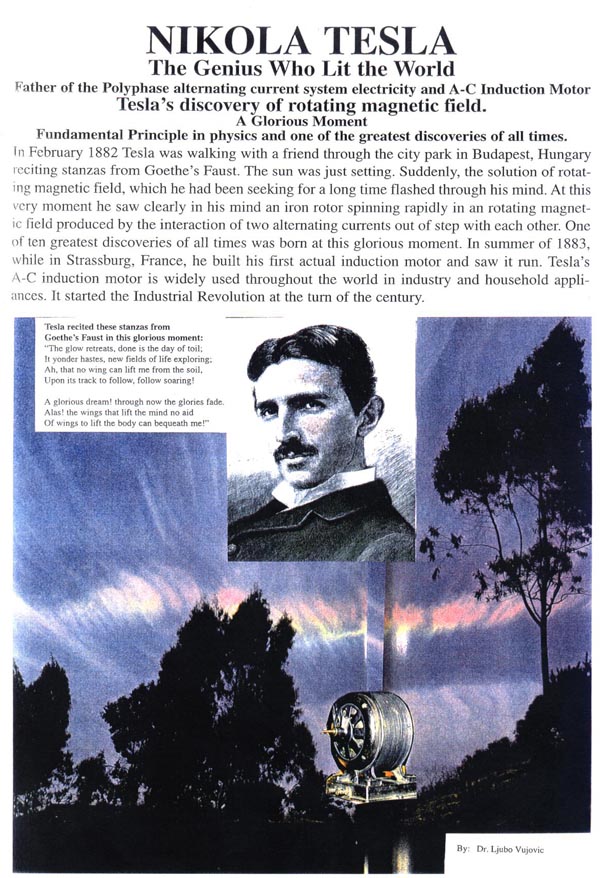
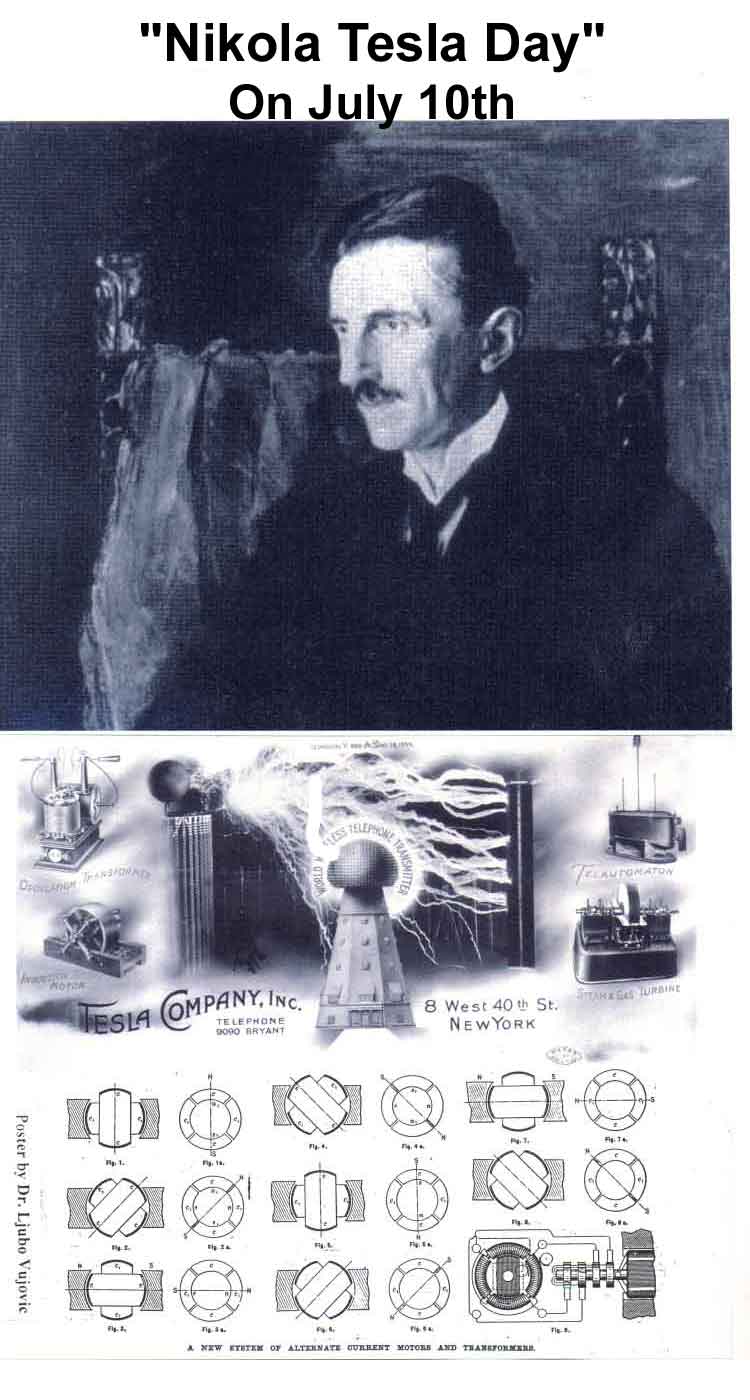
Goethe's Faust was an inspiration for Nikola Tesla. He knew by heart the Faust. By reciting the Faust in the park in Budapest, he discovered the rotating magnetic field which is the heart of his induction motor and alternating current electricity. It is also a basis for MRI technology, therefore Tesla's name was honored with the Tesla Unit, used to measure the capacity of MRI machines.
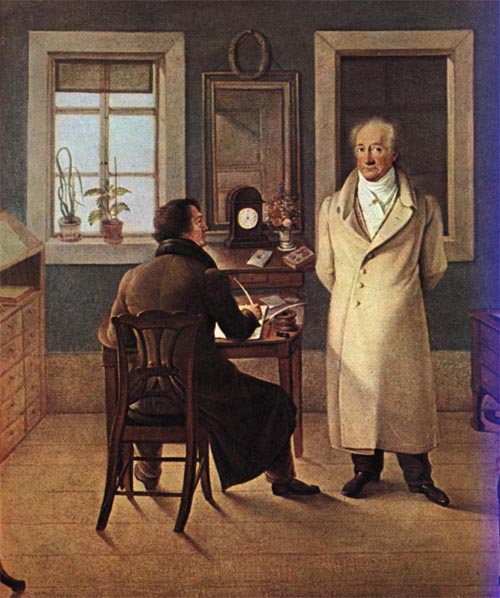
In this painting of 1829-31Goethe is shown dictating to his secretary the second part of the Faust. The small and simply furnished study room, which he called 'humble quarters', suited his inner creative life. By the time of this portrait Goethe was already a world figure, a man of unique character and abilities who had a widespread influence on his own times.
https://www.teslasociety.com/magnetic.htm |
|
|
|
Réponse |
Message 33 de 36 de ce thème |
|
|
|
|
Réponse |
Message 34 de 36 de ce thème |
|
|
|
|
Réponse |
Message 35 de 36 de ce thème |
|
FRANCE S FLAG DA VINCI CODE
|
|
|
|
Réponse |
Message 36 de 36 de ce thème |
|
Vézelay, Saint Maximin and the relics of Mary Magdalene

Vezelay and Saint Maximin, an incredible “war” for the relics of Mary Magdalene
Mary Magdalene did not immediately have a great aura in the history of the Church. It was not until the 7th and 8th centuries that she began to be favored in monastic circles, where the accent was placed on repentance and forgiveness by welcoming sinners there. The life of the saint – a sinner who became an ascetic – then merges with the traditions concerning the life of Mary the Egyptian. She was a prostitute of the six century who would have done penance in the desert, on the other side of the Mediterranean.
In the 11th century, the monasteries, under the influence of the order of Cluny, took on social and economic importance. There is also a tremendous cult around all kinds of relics brought back from the Holy Land or purchased in Constantinople. Having relics of great saints is important at this time. It is because there are relics that pilgrimages are organized and pilgrimages pay off. In Vézelay at the beginning of the 11th century the monastery was in full decline. Wishing to promote his abbey, Abbot Geoffroy (1037-1052), friend of the pope, ambitious and close to princes “discovered” (“invented” is the term of use) and exhibited the relics of Mary Magdalene. Pilgrims flock.
 Relic of Mary Magdalene, Vezelay basilica In 1050 Mary Magdalene officially became the patron saint of Vezelay abbey.
Over the 11th and 12th centuries, the abbey, many times enlarged and rebuilt, was transformed into a magnificent sanctuary, with splendid Romanesque portals. It was an important stopover on the way to Compostela. The city took advantage of the influx of pilgrims. In the 12th century, its population amounted to 10,000 inhabitants, a considerable number for the time. Vézelay then became a center of great importance for the West.
Under the protection of the powerful dukes of Burgundy, in 1146, Saint Benedict preached the second crusade there. King Louis VII, Queen Eleanor and a crowd of nobles, prelates and people gathered on the hill.
In 1190, Richard Coeur-de-Lion and Philippe-Auguste met there at the start of the third crusade.
In 1217, François d’Assise chose the hill of Vézelay to found the first Franciscan establishment on French soil.
 Saint Bernard preaching the 2nd Crusade, in Vézelay, in 1146, Émile Signol – Public domain How the relics of Mary Magdalene arrived in Vézelay ?
Natural curiosity, but unsatisfactory answers.
We accepted the idea that it was Gérard de Roussillon who would have organized the transfer of the relics during the foundation of the abbey, relics that we would have gone to look for in Saint-Maximin where we knew that the saint had her burial. .
The bishop of Autun launched a prohibition against the pilgrimage. We then asked for the arbitration of the Pope. Pascal II, who by a bull given in 1103, broke the prohibition of the bishop and invited all the French to make the pilgrimage of Vézelay. The pilgrimage then took off, these were the great hours of Vézelay.
However, doubt persisted, not about the burial of Mary Magdalene in Provence, but about the transfer of her relics to Vézelay and their authenticity. We didn’t have much to show as relics in Vézelay, where we talked about them a lot without ever really presenting them in public.
“Presentable” and “indisputable” relics were needed. It was then that in 1265, relics were exhumed in Vézelay, kept in a box which would have been deposited in the crypt in 920 more than three centuries earlier. A certificate of authenticity in the box proves this!. “…under the high altar, a metal chest, long square, which contained some relics wrapped in two veils of silk, with a certain quantity woman’s hair”. There was also a letter from a King Charles certifying that “in this coffer is contained the body of the blessed Mary Magdalene”. (Act drawn up by Gui de Mello, bishop of Auxerre and Pierre, bishop of Panéade.)
Saint Louis officially recognized the relics and went to Vézelay for their elevation in 1267.
 Vezelay basilica  St Maximin basilica
Nevertheless, the doubt still persisted.
Twelve years later, in 1279, Charles II, Prince of Salerno, nephew of Saint Louis, who had come to Saint-Maximin on pilgrimage and had carried out a solid investigation, was convinced that the tomb of Mary Magdalene was in the crypt. where Saint Maximin had once buried her.
He organized excavations which led to the discovery of several sarcophagi. In the so-called “Sidoine’s sarcophagus” was discovered the body of Mary Magdalene with an inscription on a wooden tablet on which appeared simply: “Here lies the body of Saint Mary Magdalene.”

And finally, for the Abbey of Vézelay, the miracle will not take place.
Indeed, Pope Boniface VIII definitively put an end to this “battle” between the 2 cities when he recognized the authenticity of the relics discovered by Charles II at Saint Maximin.
Vézelay will have to submit to the spiritual authority of the Pope. At the end of the 13th century, it is the beginning of the decline of the pilgrimage of Vézelay.The reliquary in the crypt of Vezelay contains a piece of her rib bone, given by the Dominican monks of St Maximin.
https://www.magdalenesacredjourneys.com/vezelay-saint-maximin-and-the-relics-of-mary-magdalene/ |
|
|
 Premier Premier
 Précédent
22 a 36 de 36
Suivant Précédent
22 a 36 de 36
Suivant
 Dernier
Dernier

|
 Relic of Mary Magdalene, Vezelay basilica
Relic of Mary Magdalene, Vezelay basilica Saint Bernard preaching the 2nd Crusade, in Vézelay, in 1146, Émile Signol – Public domain
Saint Bernard preaching the 2nd Crusade, in Vézelay, in 1146, Émile Signol – Public domain Vezelay basilica
Vezelay basilica St Maximin basilica
St Maximin basilica


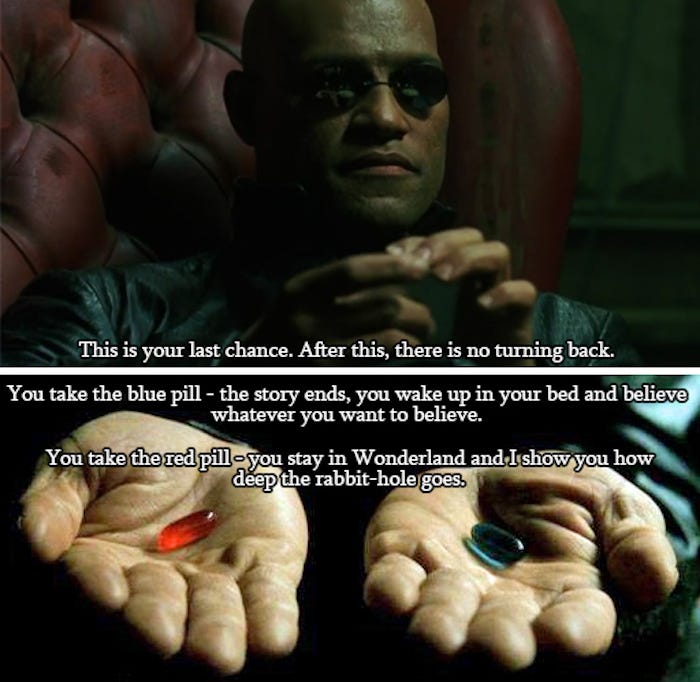



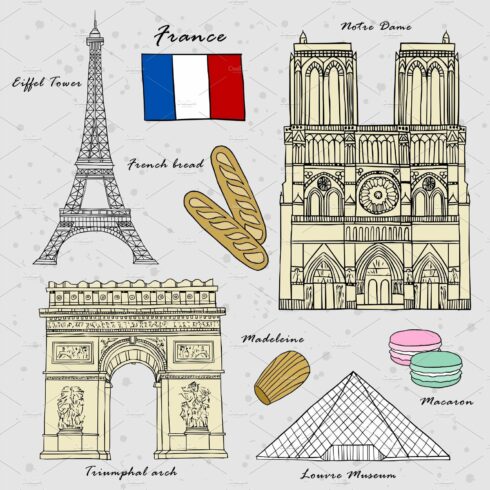
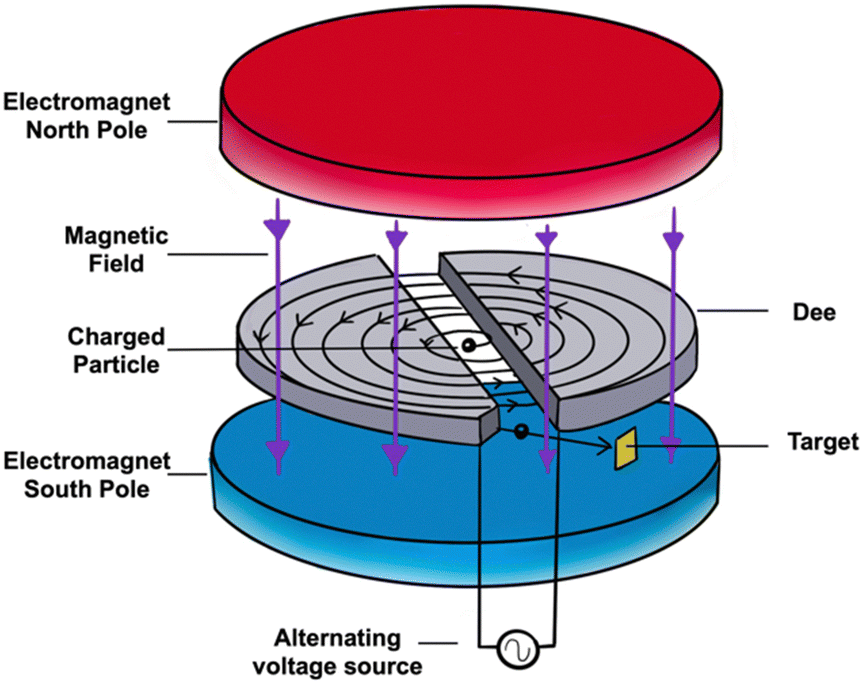

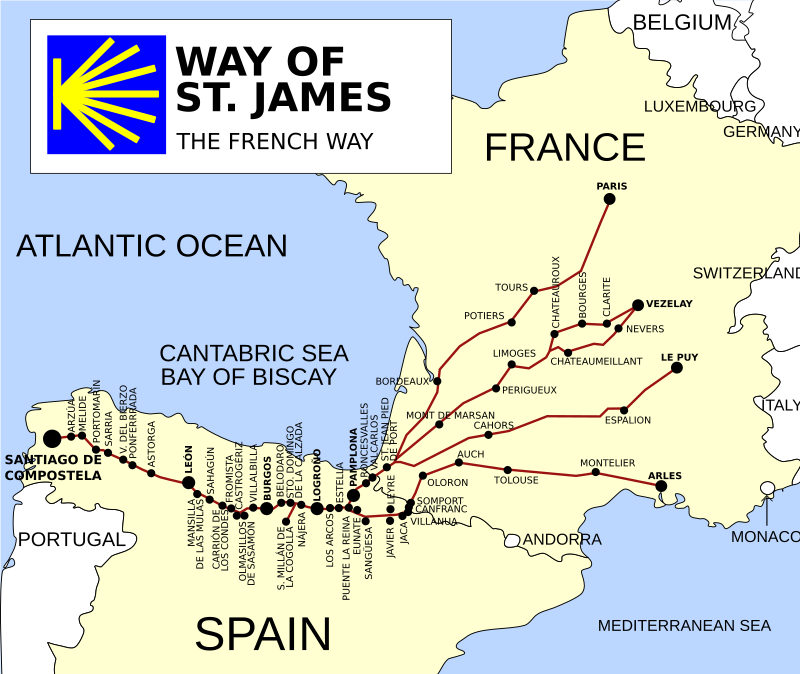


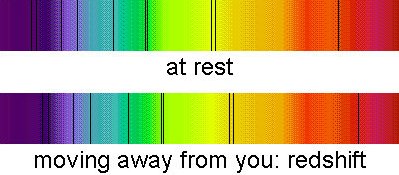
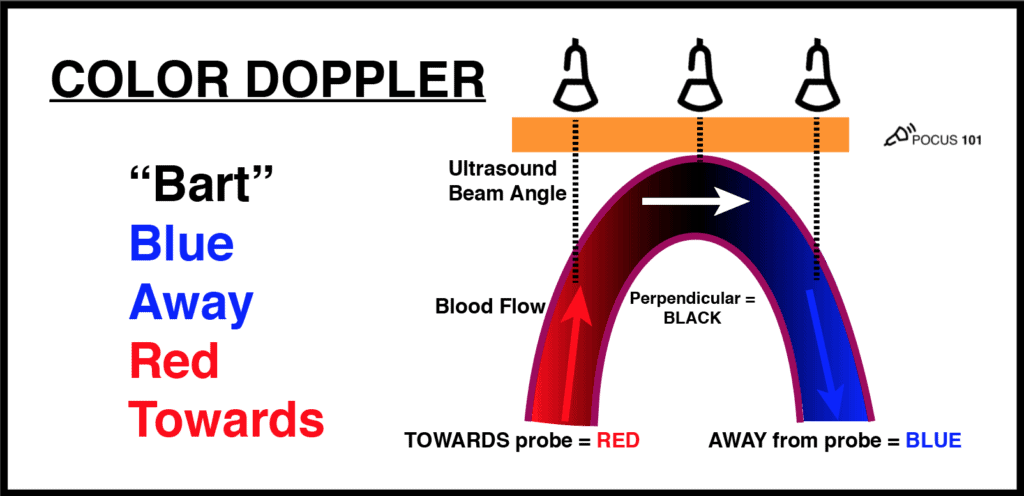



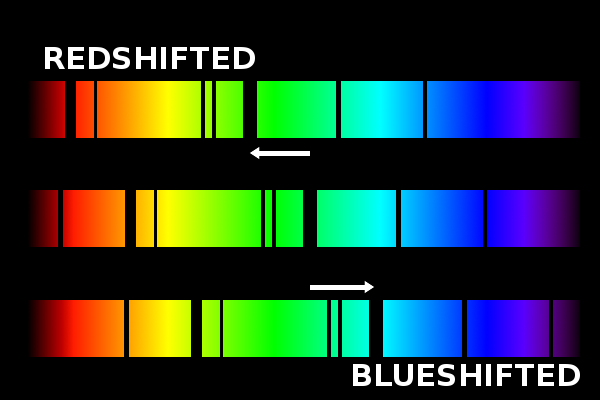




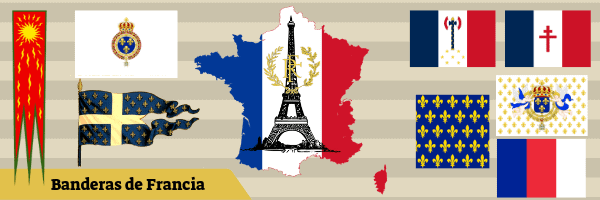






 French Revolutionary Time officially began on November 24, 1793 although conceptual work around the system had been going on since the 1750s. The French manufactured clocks and watches showing both decimal time and standard time on their faces (allowing for both conversion and confusion). These clock faces were spectacularly weird.
French Revolutionary Time officially began on November 24, 1793 although conceptual work around the system had been going on since the 1750s. The French manufactured clocks and watches showing both decimal time and standard time on their faces (allowing for both conversion and confusion). These clock faces were spectacularly weird.
